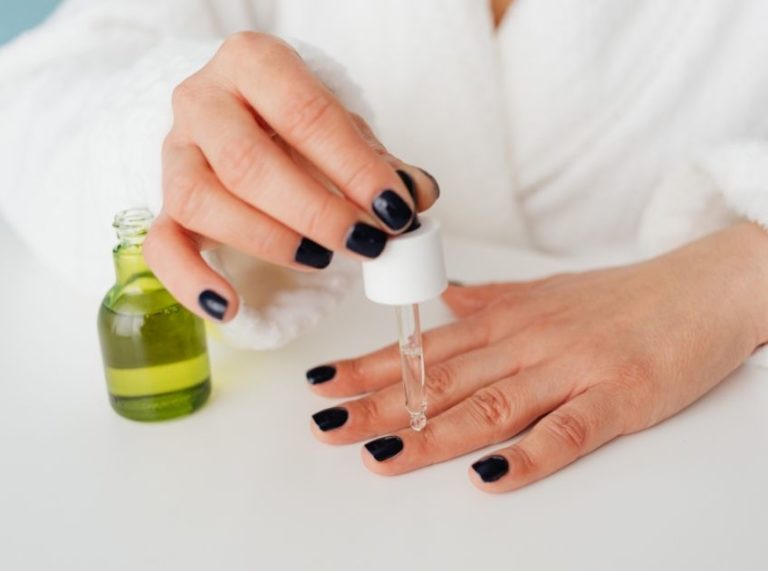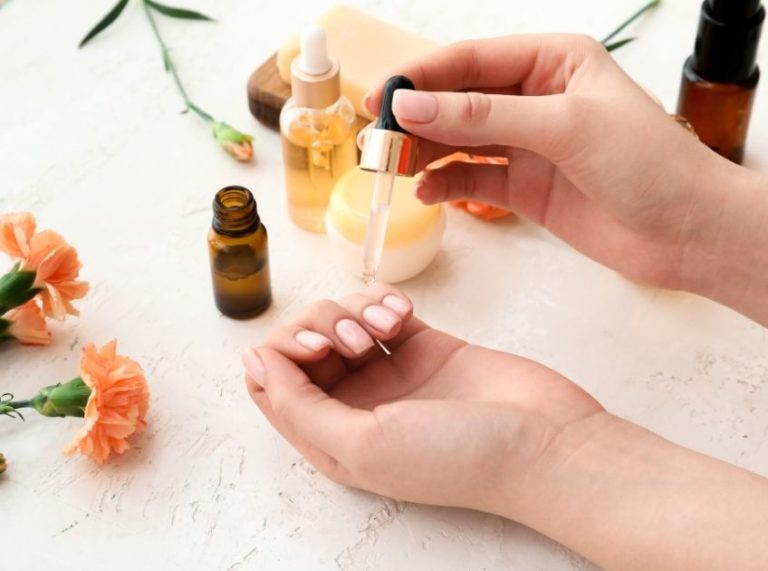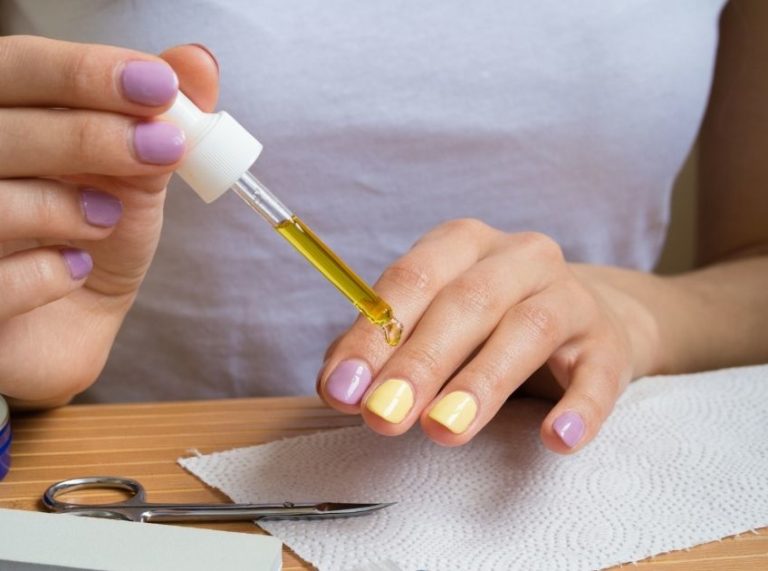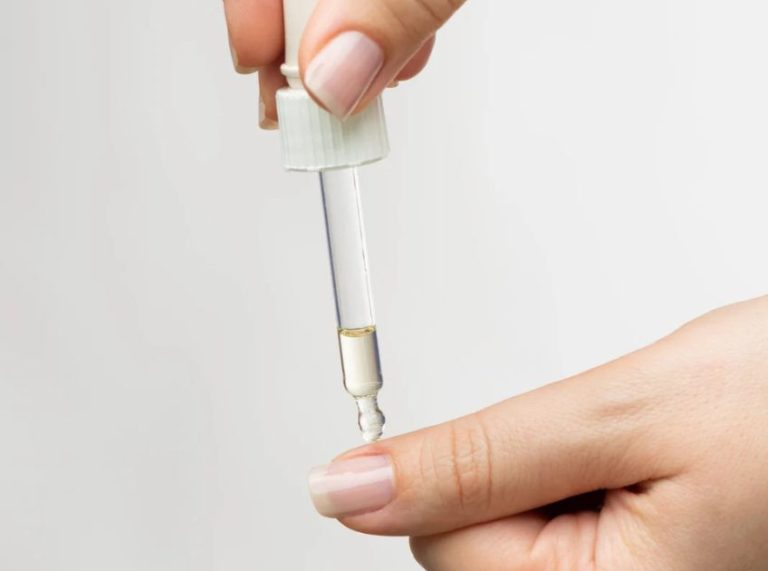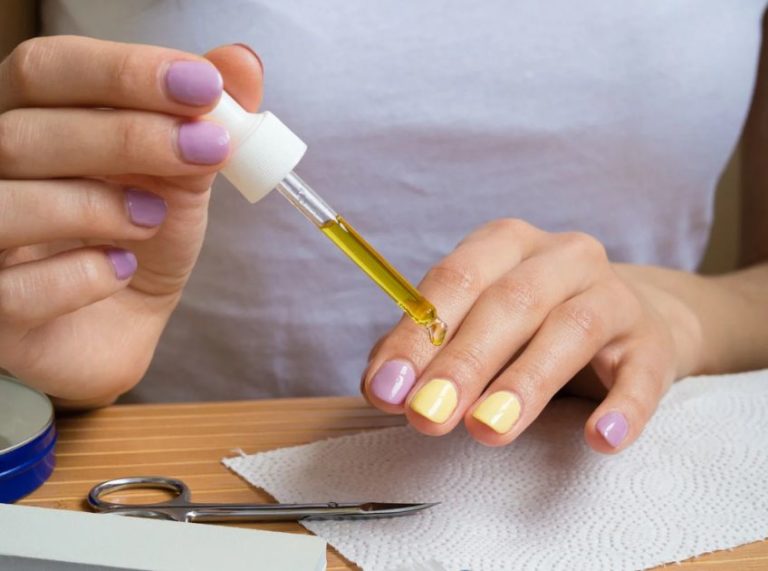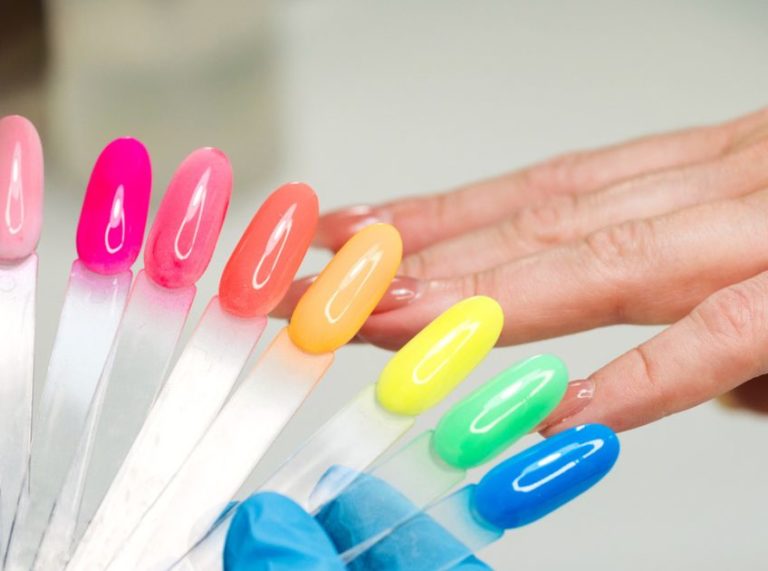
Important: This article is for informational purposes only. Please read our full disclaimer for more details.
A relaxing pedicure can be both a self-care ritual and a vital part of your grooming routine. But how often is too often—and what’s the right gap between appointments to maintain foot health and beauty without overdoing it?
Whether you get pedicures for hygiene, polish, or pampering, understanding the ideal timing between sessions can help you get the most out of every visit. Here’s what experts recommend and how to keep your feet fresh in between.
Why Timing Matters: The Secret to Smart Pedicure Scheduling
Pedicures aren’t just about polish—they help with exfoliation, nail trimming, callus care, and infection prevention. But scheduling them too frequently can over-exfoliate the skin or damage the nail plate. On the other hand, waiting too long can lead to cracked heels, ingrown toenails, or fungal infections.
The sweet spot? Every 4–6 weeks is ideal for most people, but factors like your lifestyle, polish choice, and skin type can shift that timeline.
The Ideal Time Between Pedicures
Here’s a general breakdown:
| Pedicure Type | Recommended Gap |
|---|---|
| Basic Maintenance | Every 4–6 weeks |
| Gel Polish or Shellac | Every 3–4 weeks |
| Callus-Prone Feet | Every 3–4 weeks |
| Winter Pedicures | Every 6–8 weeks |
| Active Lifestyles (e.g., runners) | Every 3–4 weeks |
Remember: regular at-home foot care can help you extend the time between appointments without sacrificing results.
Key Factors That Influence Your Pedicure Schedule
1. Polish Type Matters
If you opt for regular polish, it typically chips after 1–2 weeks, but you can stretch your pedicure to 4–5 weeks with a top coat refresh. Gel polish or shellac lasts longer but requires removal every 3–4 weeks to avoid nail damage.
2. Callus Buildup and Skin Texture
If you’re prone to hard, cracked heels or rough soles, you may need pedicures more frequently. Ignoring calluses for too long can lead to painful cracks or thick buildup that’s harder to remove later.
3. Footwear Habits
Wearing open-toe shoes or sandals exposes your feet to the elements, increasing dryness and wear. Closed-toe shoe lovers can usually wait longer between pedicures since their feet are more protected.
4. Seasonal Foot Care Needs
In summer, when your feet are on full display, frequent pedicures help with dryness, UV exposure, and polish upkeep. In colder months, you may not need as many, especially if your feet are covered and less exposed to harsh conditions.
5. Activity Level
Are you a runner, hiker, or someone constantly on your feet? You may need more frequent treatments to manage pressure points, calluses, or blisters that come with a high-activity lifestyle.
Signs It’s Time for Your Next Pedicure
Not sure when to book? Watch for these signs:
- Peeling, chipped polish
- Dry, cracked heels or soles
- Overgrown or thickened toenails
- Faded shine or polish discoloration
- Pain or sensitivity around the nails
Even if your nails still look good, regular grooming helps keep fungal infections and ingrown nails at bay.
How to Maintain Pedicure Results at Home
Want to make your pedi last longer? These habits will help you extend the gap between appointments:
- Exfoliate weekly with a pumice stone or gentle scrub
- Moisturize daily, focusing on the heels and cuticles
- Trim toenails straight across every 2–3 weeks
- Apply cuticle oil to prevent dry, cracked skin
- Use a top coat every few days if wearing polish
These small steps can make a noticeable difference in keeping your feet soft, clean, and salon-fresh between visits.
Can You Get Pedicures Too Often?
Yes. While regular maintenance is important, overdoing it can weaken your nails or cause skin irritation. Frequent removal of gel polish or excessive scrubbing can also make your nails thin and brittle. If you feel tenderness, peeling skin, or nail discoloration, it’s time to take a break and let your feet recover.
Frequently Asked Questions (FAQ’S)
Q1. Is it okay to get a pedicure every two weeks?
A. If you’re managing calluses or keeping up with gel polish, yes—but it’s best to alternate between full pedicures and lighter touch-ups to avoid over-exfoliating or damaging nails.
Q2. How long does a professional pedicure last?
A. A traditional pedicure can last 2–3 weeks with polish, and up to 4 weeks with gel. However, your results depend on how well you care for your feet in between.
Q3. Do pedicures help with foot odor or infections?
A. Yes—regular cleaning, exfoliation, and nail trimming help prevent odor, athlete’s foot, and fungal infections when done with proper hygiene.
Final Thoughts: Plan Your Pedis with Purpose
How long you should wait between pedicures depends on your personal foot needs, nail health, and lifestyle. For most people, a visit every 4–6 weeks is perfect for keeping feet smooth, polished, and healthy.
By paying attention to your feet’s condition and building a simple home care routine, you’ll get the most out of every pedicure—and keep those toes looking flawless all year round.
